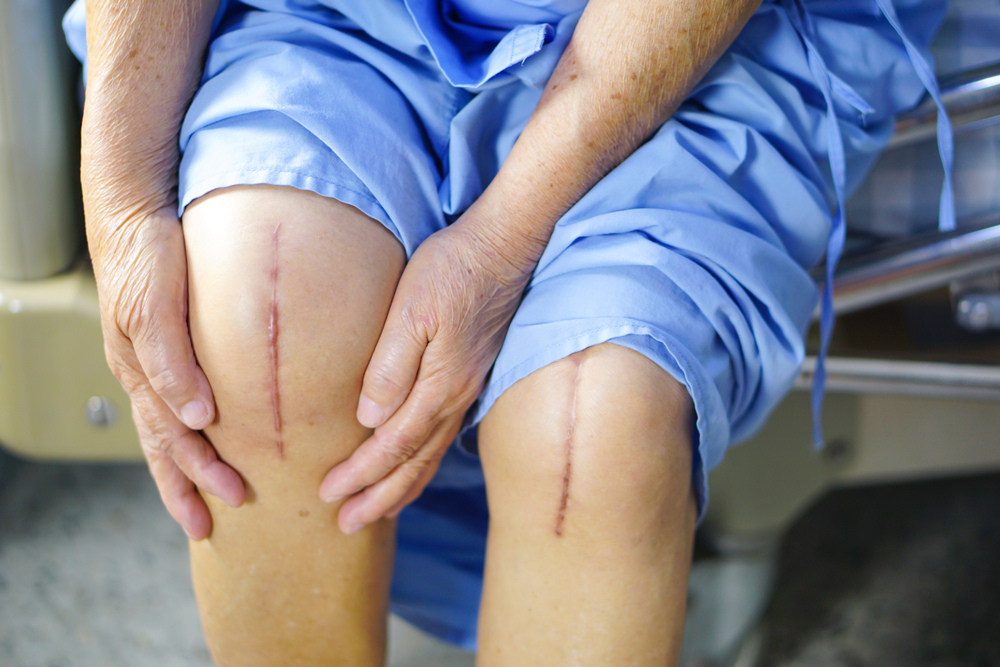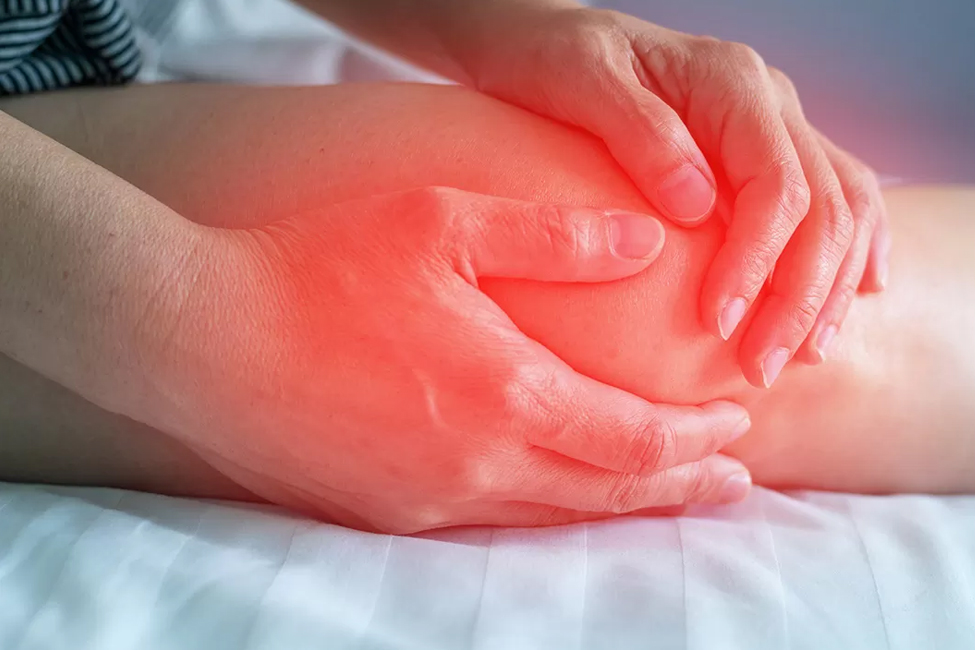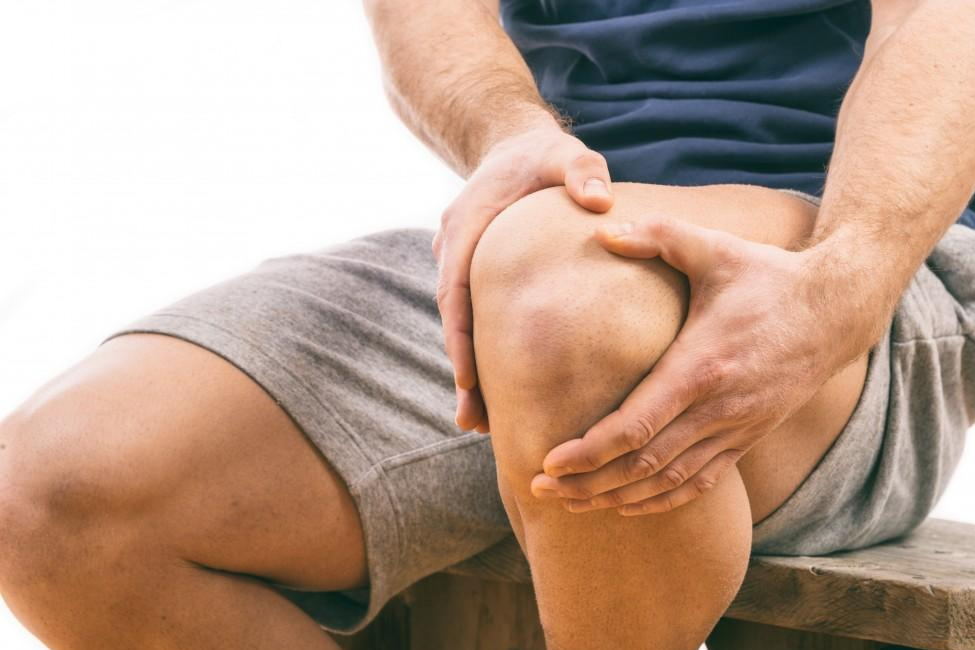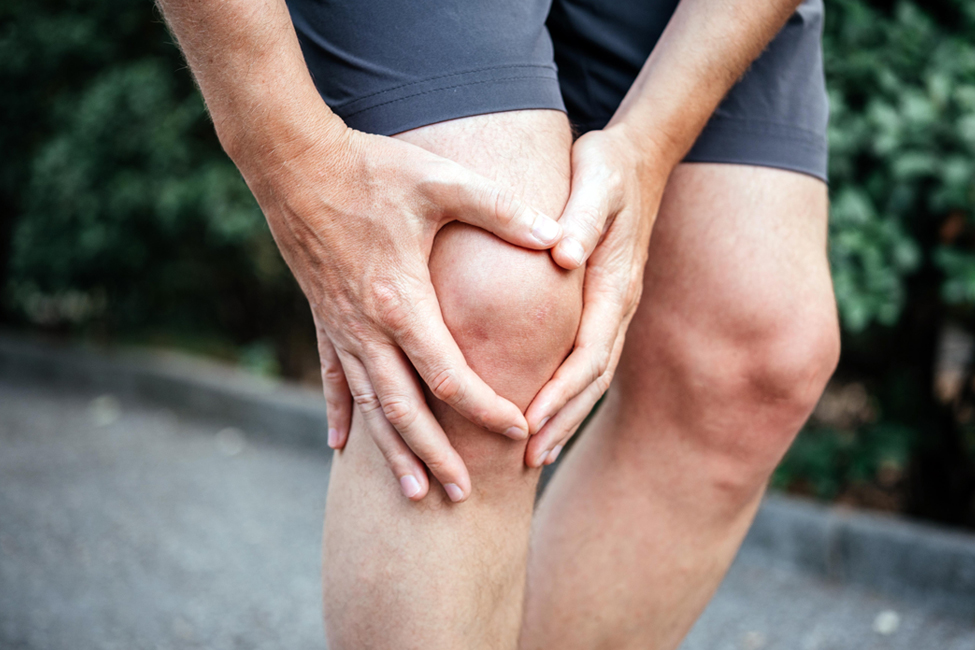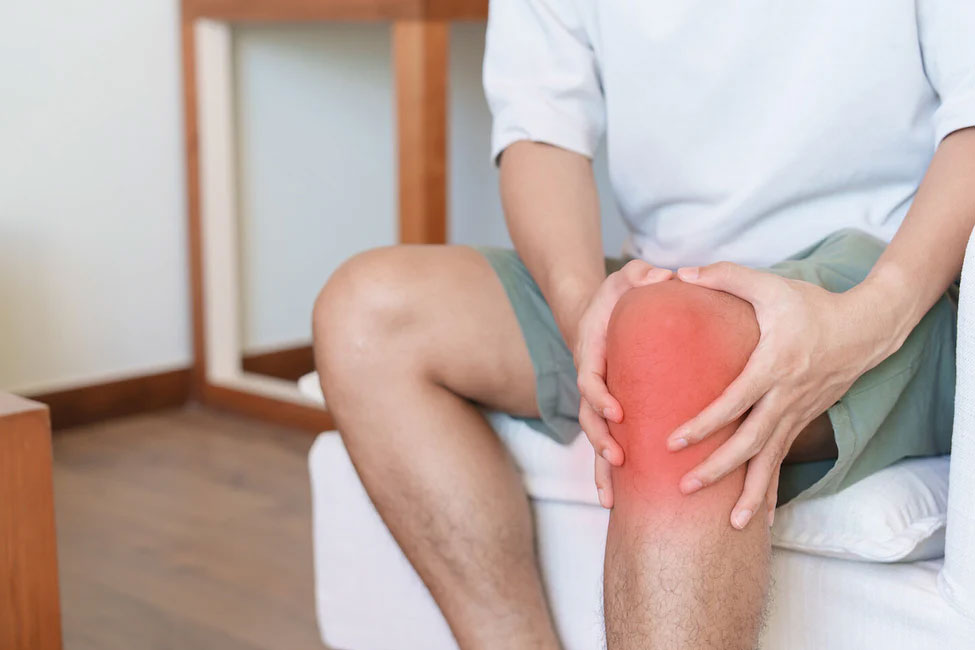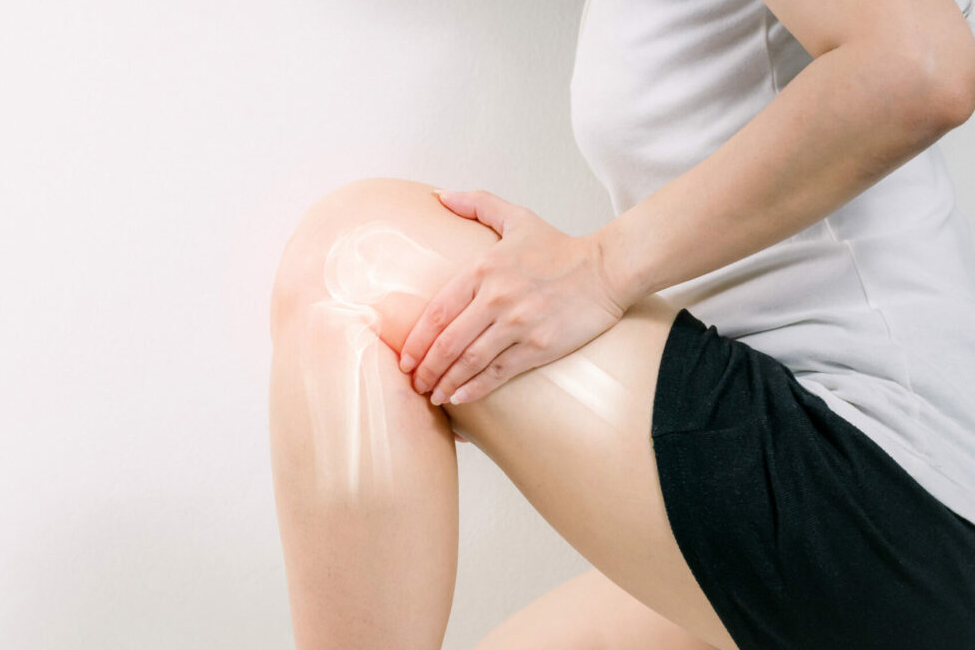Knee replacement is a transformative procedure to alleviate pain, restore function, and enhance your overall well-being. At TOPS, our team of skilled orthopaedic specialists is committed to providing personalised and comprehensive care for patients seeking relief from knee-related challenges.
What Is Knee Replacement?
Knee replacement is a transformative procedure to alleviate pain, restore function, and enhance your overall well-being. At TOPS, our team of skilled orthopaedic specialists is committed to providing personalised and comprehensive care for patients seeking relief from knee-related chKnee replacement, or knee arthroplasty, is a surgical procedure to address chronic knee pain, arthritis, and joint damage that hinders everyday activities. This transformative intervention involves the removal of damaged portions of the knee joint and their replacement with artificial components. The goal is to enhance joint function, alleviate pain, and allow individuals to regain mobility and enjoy a more active lifestyle.allenges.
Common Reasons For Undergoing Knee Replacement
Knee replacement surgery, or knee arthroplasty, is a medical procedure in which a damaged or diseased knee joint is replaced with an artificial joint. This surgery is typically considered when conservative treatments no longer provide relief and severe pain or disability affects the quality of life. Here are common reasons why someone might undergo knee replacement:
Osteoarthritis
Osteoarthritis is the most common reason for knee replacement surgery. It is a degenerative joint disease characterised by the breakdown of joint cartilage, leading to pain, swelling, and decreased mobility.
Rheumatoid Arthritis
Rheumatoid arthritis is an autoimmune disorder that affects the synovium, the lining of the membranes surrounding joints. Over time, it can damage the cartilage and bone within the knee joint, necessitating knee replacement.
Post-Traumatic Arthritis
Severe fractures or injuries to the knee joint can result in post-traumatic arthritis. Over time, this can lead to joint damage and the need for a knee replacement.
Osteonecrosis (Avascular Necrosis)
Osteonecrosis is a condition where the blood supply to the bone is disrupted, leading to bone death. It can affect the knee joint and result in the need for knee replacement.
Inflammatory Arthritis
Other types of inflammatory arthritis, such as psoriatic arthritis or ankylosing spondylitis, can affect the knee joint, causing pain and deformities that may require surgical intervention.
Knee Deformities or Instability
Structural abnormalities or instability in the knee joint, whether congenital or acquired, can lead to degeneration and may require surgical correction through knee replacement.
Failed Previous Surgeries
In some cases, individuals may undergo knee replacement if previous knee surgeries, such as arthroscopy or partial knee replacement, have failed to provide relief or have resulted in complications.
Tumours
Tumours in or around the knee joint may necessitate the removal of the affected joint and its replacement with an artificial one.
Meniscus Tears
Extensive damage or chronic tears to the meniscus, the cartilage in the knee that acts as a cushion, may result in ongoing pain and functional impairment that cannot be effectively managed through conservative treatments.
Severe Knee Pain and Disability
Individuals experiencing severe and persistent knee pain, as well as significant disability that affects daily activities, may opt for knee replacement surgery when other treatments no longer provide adequate relief.
Preparing For Knee Replacement
Preparing for knee replacement surgery involves several steps to ensure that you are physically and mentally ready for the procedure and the subsequent recovery period. Here are some general guidelines to help you prepare:
Pre-surgery Planning
- Consultation with the Surgeon: Schedule a thorough consultation with your orthopaedic surgeon to discuss the details of the surgery, including the type of knee replacement, potential risks, and expected outcomes.
- Medical Evaluation: Undergo a comprehensive medical evaluation to assess your overall health and identify pre-existing conditions that may affect the surgery or recovery.
- Communication with the Healthcare Team: Keep open communication with your healthcare team, providing detailed information about your medical history, current medications, and any allergies.
- Education: Learn about the knee replacement procedure, what to expect during recovery, and how to prepare your home for postoperative care. This information can help you set realistic expectations and mentally prepare for the surgery.
Preoperative Preparation
- Preoperative Exercises: Use specific exercises recommended by your surgeon or physical therapist to strengthen the muscles around your knee. This can improve postoperative recovery.
- Weight Management: If you are overweight, work on weight management before surgery. Losing excess weight can reduce stress on the knee joint and improve surgical outcomes.
- Home Modification: Make necessary modifications to your home to create a safe and accessible environment for your recovery. This may include installing handrails, raising toilet seats, and removing trip hazards.
- Assistive Devices: Obtain any assistive devices your healthcare team recommends, such as crutches, a walker, or a cane—practice using these devices before the surgery.
- Arrangements for Assistance: Arrange for someone to assist you during the initial days of recovery. This may include help with household chores, transportation to medical appointments, and emotional support.
Lifestyle Adjustments
- Quit Smoking: If you smoke, consider quitting before the surgery. Smoking can impair healing and increase the risk of complications.
- Alcohol and Medication Review: Discuss with your healthcare team any medications or supplements you are taking, including over-the-counter drugs. Some medications may need to be adjusted or temporarily stopped before surgery.
Preoperative Screening
- Preoperative Testing: Complete any preoperative tests your healthcare team recommends, such as blood tests, X-rays, or electrocardiograms.
- Infection Prevention: Follow guidelines to reduce the risk of infection, such as proper wound care, dental hygiene, and avoiding sick contacts in the weeks leading up to surgery.
Types Of Knee Replacement Procedures
Several knee replacement procedures are designed to address specific conditions and patient needs. The two main categories of knee replacement surgeries are total knee replacement (TKR) and partial knee replacement (PKR). Here are some common types of knee replacement procedures:
Total Knee Replacement
- Complete Joint Replacement: Total knee replacement involves removing and replacing damaged knee joint surfaces with artificial components. This procedure is commonly recommended for advanced arthritis or severe joint damage.
- Materials Used: The artificial components, typically made of metal and durable plastic, are chosen for their ability to mimic natural joint movement and withstand the demands of daily activities.
Partial Knee Replacement
- Selective Replacement: Partial knee replacement focuses on replacing only the damaged portion of the knee joint, preserving healthy tissues. This approach is suitable for individuals with localised arthritis or joint damage.
- Suitable Candidates:Candidates for partial knee replacement are those with specific areas of knee joint deterioration, usually limited to one compartment. This procedure offers a less invasive option with quicker recovery.
Revision Knee Replacement
Revision knee replacement is a surgical procedure performed when a previous knee replacement has failed or needs to be replaced. This may be due to wear and tear, loosening of components, infection, or other complications.
Procedure
During the surgery, the existing prosthetic components are removed, and new components are implanted. To address bone loss, the surgeon may use specialised techniques, implants, and sometimes bone grafts.
Indications
- Implant Failure – When the original knee implant fails due to wear, loosening, or other issues.
- Infection – In cases of deep infection affecting the knee joint.
- Instability or Pain – Persistent instability or pain after the initial knee replacement.
Recovery
Recovery from revision knee replacement can be more challenging than the initial knee replacement, and rehabilitation is crucial to regain function and mobility.
Arthroscopic Meniscus Surgery
Arthroscopic meniscus surgery is a minimally invasive procedure used to treat tears or damage to the meniscus, which is the C-shaped cartilage in the knee.
Procedure
The surgeon uses an arthroscope, a small camera, and specialised instruments inserted through tiny incisions to visualise and repair the meniscus. This can involve trimming the torn part, repairing the tear, or, in some cases, removing the damaged portion.
Indications
- Meniscus Tears – Tears in the meniscus caused by injury, wear and tear, or degeneration.
Recovery
Recovery from arthroscopic meniscus surgery is typically faster than traditional open surgery. Physical therapy is often recommended to restore strength and flexibility.
Arthroscopic Ligament Reconstruction
Arthroscopic ligament reconstruction is a surgical procedure to repair or reconstruct a torn ligament in the knee, often the anterior cruciate ligament (ACL).
Procedure
The surgeon visualises the knee joint using arthroscopy and reconstructs the torn ligament using grafts, commonly from the patient’s tendons (autografts) or donor (allograft).
Indications
- ACL Tears – Commonly performed for complete anterior cruciate ligament tears due to sports injuries or trauma.
Recovery
Recovery involves a period of immobilisation and physical therapy to regain strength, stability, and range of motion. The rehabilitation process is essential for the success of the reconstruction.
The Knee Replacement Surgery Process
The knee replacement surgery process involves several crucial stages to ensure a successful and effective procedure:
Preoperative Assessment
Before surgery, a comprehensive assessment is conducted to evaluate your overall health and the extent of knee joint damage. This includes reviewing your medical history, physical examinations, and, often, imaging tests such as X-rays.
Preparation for Surgery
Your orthopaedic surgeon guides preoperative preparations, which may include lifestyle adjustments and medications. Preoperative exercises may enhance muscle strength and flexibility around the knee.
Anesthesia and Incision
On the day of surgery, anaesthesia is administered to ensure a pain-free experience. The surgeon then makes an incision to access the knee joint. The size and location of the incision vary based on the specific surgical approach chosen.
Joint Replacement
In a total knee replacement, damaged joint surfaces are removed, and artificial components are securely placed. Often made of metal and plastic, these components replicate natural knee movement. Partial knee replacement or resurfacing involves targeted replacement of damaged portions while preserving healthy structures.
Wound Closure
Once the replacement or resurfacing is complete, the incision is closed using sutures or staples. The wound is dressed, and you are moved to a recovery area.
Immediate Postoperative Care
You’ll be closely monitored for any immediate complications in the recovery area. Pain management strategies are initiated, and gentle movements may be encouraged to prevent stiffness.
Hospital Stay
The length of your hospital stay varies but typically ranges from a few days to a week. During this time, physical therapists work with you to initiate controlled exercises, focusing on joint mobility and strength.
Recovery And Rehabilitation
Recovery and rehabilitation are integral components of the postoperative journey after knee replacement surgery, aimed at optimising mobility and ensuring long-term success:
- Focus on pain management and gentle exercises to prevent stiffness, with the possible use of mobility aids.
- Length varies, with physical therapists initiating exercises to improve joint mobility and strength.
- Essential strategies include prescribed medications for pain relief.
- Adherence to postoperative care instructions, including wound care and gradual resumption of activities.
- Recommended sessions to continue rehabilitation, tailored to restore range of motion and strength.
- Over weeks and months, a gradual return to daily activities, initially with assistive devices.
- Focus on endurance, flexibility, and overall joint function through consistent engagement in prescribed exercises.
- Regular appointments with the orthopaedic surgeon, including X-rays, to monitor ongoing progress.
- Incorporate adjustments like weight management and joint-friendly activities for sustained success and improved longevity of the knee replacement.
Schedule Your Appointment Now
For those contemplating knee replacement, recognise this procedure’s transformative potential for restoring mobility and alleviating chronic pain. Our commitment to compassionate care and orthopaedic excellence at TOPS ensures a personalised journey toward improved knee health.
If persistent knee issues hinder your daily activities, take the first step toward a more active life. Seek professional advice from our experienced team. From informative consultations to surgical interventions, we are dedicated to guiding you through the process, ensuring you regain the comfort and mobility you deserve.
Don’t let knee discomfort limit your lifestyle any longer. Contact us today to schedule a consultation and embark on a path towards renewed vitality. Your journey to improved knee health starts with a call to TOPS.

